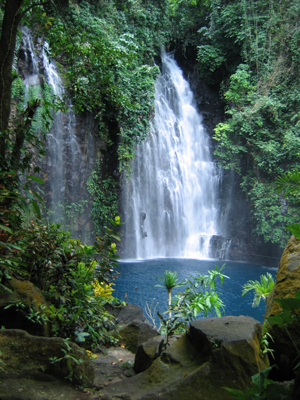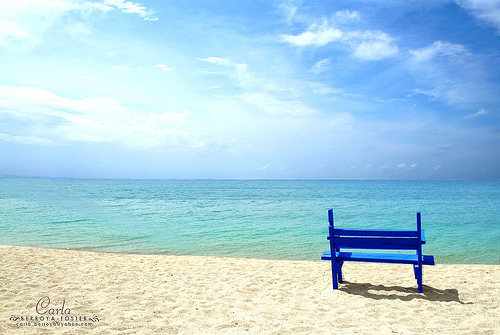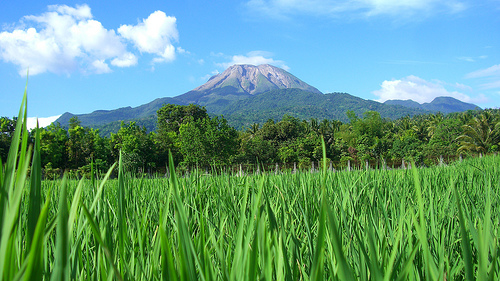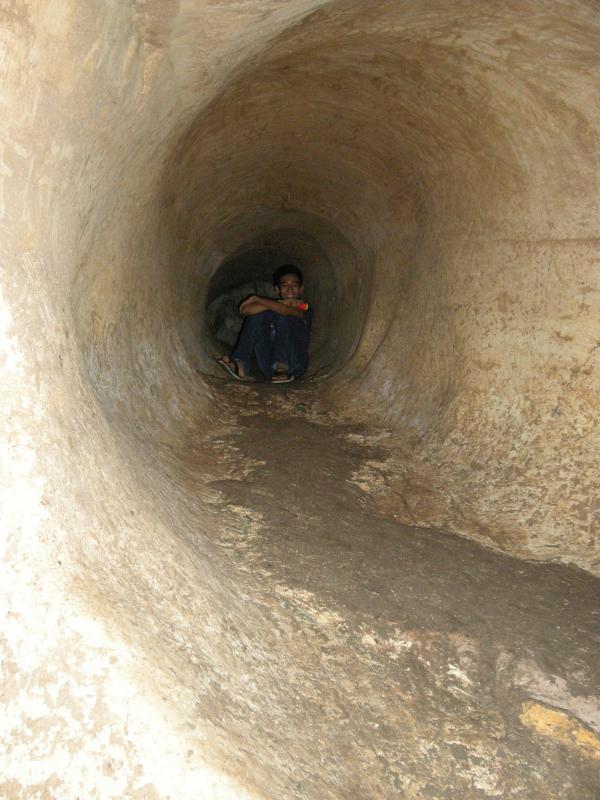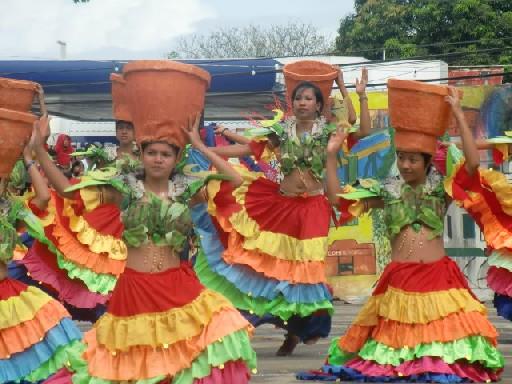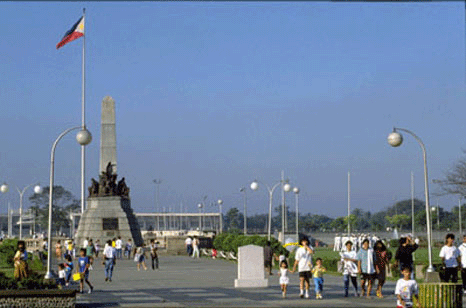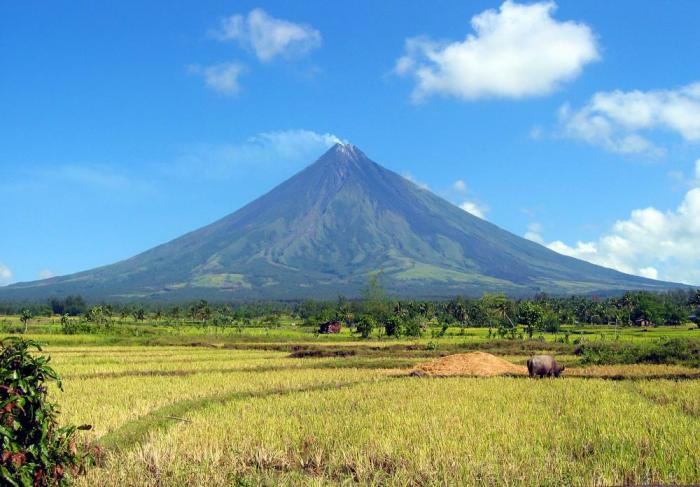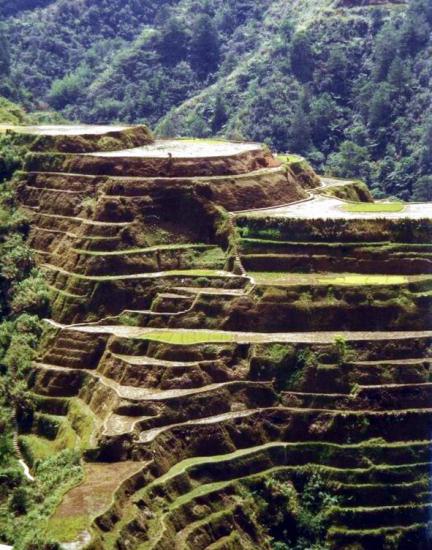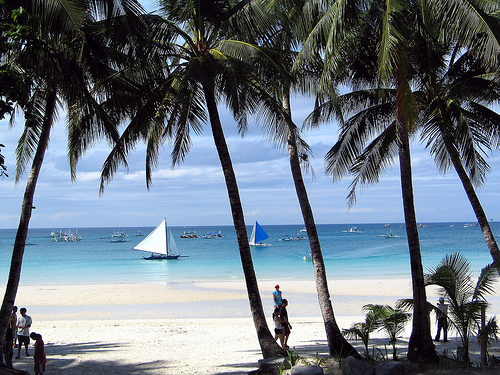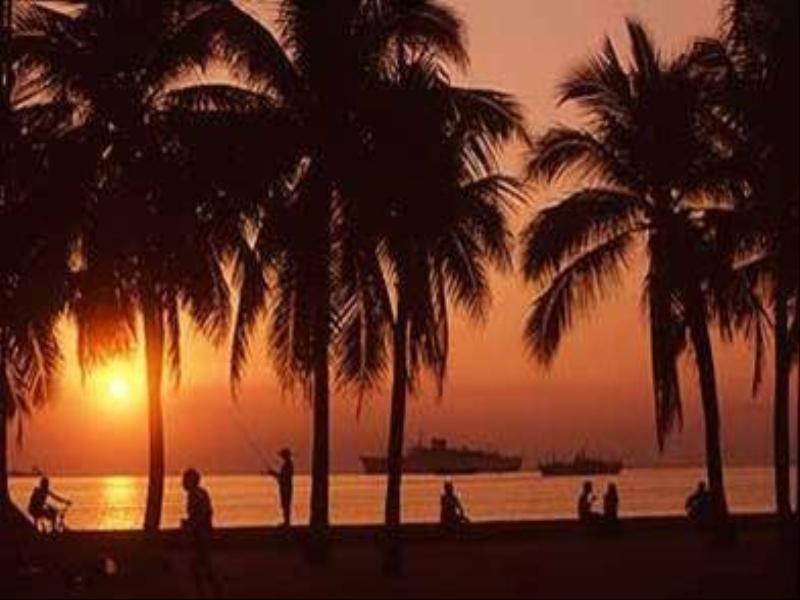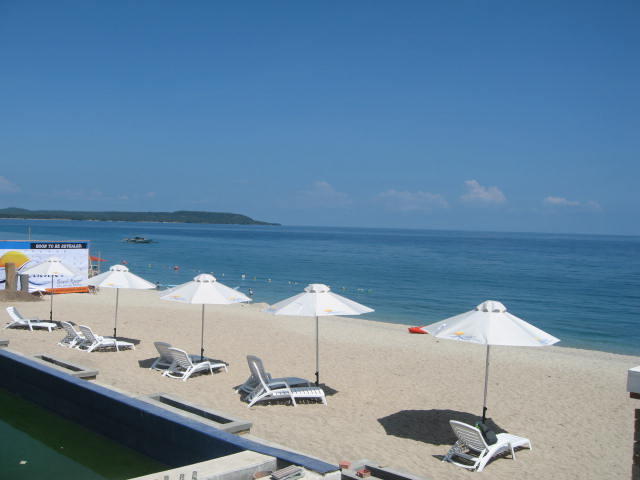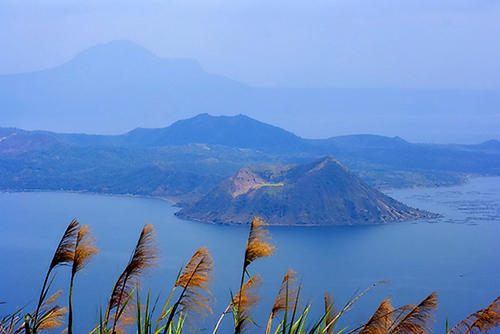Posts Tagged ‘province of Bohol’

BOHOL
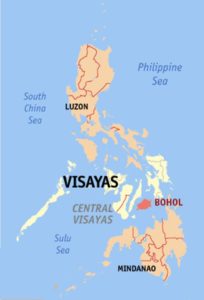 By Eugene Alvin Villar (seav) – English Wikipedia, CC BY-SA 3.0, https://commons.wikimedia.org/w/index.php?curid=210467
By Eugene Alvin Villar (seav) – English Wikipedia, CC BY-SA 3.0, https://commons.wikimedia.org/w/index.php?curid=210467
Bohol is a province of the Philippines located in the Central Visayas region. It is the tenth largest island of the Philippines.
The province is a popular tourist destination with its beaches and resorts. The Chocolate Hills, numerous mounds of limestone formations, are the most popular attraction. The formations can be seen by land (climbing the highest point) or by air via ultralight air tours.
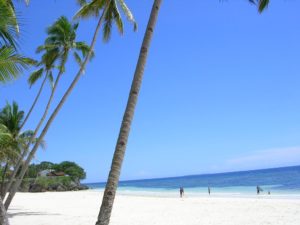 Photo from: https://top10philippines.wordpress.com/2011/06/05/top-10-beaches-in-philippines/
Photo from: https://top10philippines.wordpress.com/2011/06/05/top-10-beaches-in-philippines/
Panglao Island, located just southwest of Tagbilaran, is famous for its diving locations and is routinely listed as one of the top ten diving locations in the world. Numerous tourist resorts and dive centers dot the southern beaches.
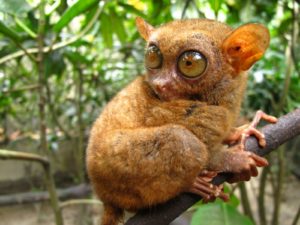 Photo from: http://hittnthetrail.blogspot.com/2011/02/say-hello-to-my-little-friend.html
Photo from: http://hittnthetrail.blogspot.com/2011/02/say-hello-to-my-little-friend.html
The Philippine tarsier, amongst the world’s smallest primates, is indigenous to the island.
Bohol’s climate is generally dry, with maximum rainfall between the months of June and October. The interior is cooler than the coast.
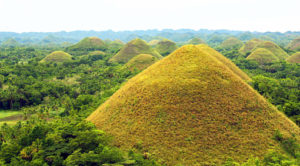 Photo from: https://jayne04.wordpress.com/2012/06/22/chocolate-hills-in-bohol/
Photo from: https://jayne04.wordpress.com/2012/06/22/chocolate-hills-in-bohol/
The Chocolate Hills are considered one of Philippine’s natural wonders and Bohol is often referred to as the Jewel of the Philippines. They are hills made of limestone left over from coral reefs during the Ice Age when the island was submerged. They turn brown during the summer.
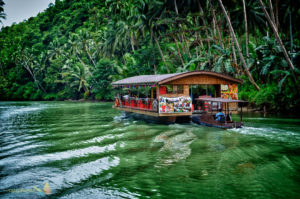 Photo from: https://swrphome.wordpress.com/2011/09/05/bohol-philippines/
Photo from: https://swrphome.wordpress.com/2011/09/05/bohol-philippines/
There are four main rivers that run through Bohol, with the Loboc River running from the center of the island to the mid-southern coast. The largest river, the Inabanga, runs in the northwestern part of the province; the Abatan River runs in the southwest, and Ipil River in the north.
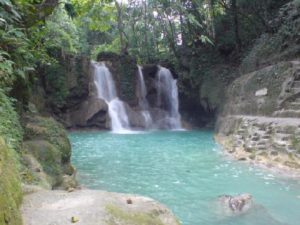 Photo from: http://boyetstour.blogspot.com/2012/12/mag-aso-falls-in-antequera.html#.WHKSElzIJpY
Photo from: http://boyetstour.blogspot.com/2012/12/mag-aso-falls-in-antequera.html#.WHKSElzIJpY
Numerous waterfalls and caves are scattered across the island, including Mag‑Aso Falls in Antequera. Mag‑Aso means smoke in the native tongue. The water is cool and often creates a mist in humid mornings which can hide the falls.
The Rajah Sikatuna Protected Landscape protects Bohol’s largest remaining lowland forest and can be found in the island’s southern portion near Bilar.
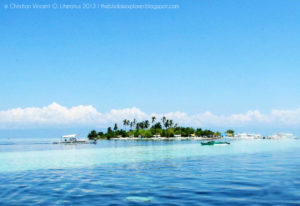 Photo from: http://thebisdakexplorer.blogspot.com/2013/05/world-of-photography-bohol-beaches.html
Photo from: http://thebisdakexplorer.blogspot.com/2013/05/world-of-photography-bohol-beaches.html
The main island is surrounded by about 70 smaller islands, the largest of which are Panglao Island, facing Tagbilaran, in the southwest and Lapinig Island in the northeast.
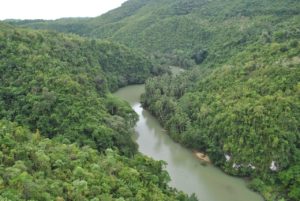 Photo from: https://nelsoncaparas.wordpress.com/tag/man-made-mahogany-forest-bohol/
Photo from: https://nelsoncaparas.wordpress.com/tag/man-made-mahogany-forest-bohol/
The terrain of Bohol is basically rolling and hilly, and about half the island is covered in limestone. Near the outer areas of the island are low mountain ranges. The interior is a large plateau with irregular landforms.
Near Carmen, the Chocolate Hills are more than 1,200 uniformly cone-shaped limestone hills named for the grass growing on the hills that turns brown in the summer, making the landscape look like chocolate mounds. The Chocolate Hills appear on the provincial seal of Bohol.
TABLE OF CONTENTS
Bohol is Under Region VII (Central Visayas)
Bohol – The Jewel of the Philippines
Directions on How to Get To and Around Bohol
Innumerable Interesting Tourist Spots in Bohol
Colorful and Amazing Festivals in Bohol
Fun and Enjoyable Activities in Bohol
Other Visitors Also Viewed
Join the “Wet ‘n Wild” Regada Water Festival in Cavite
Pulacan Falls and Its Diverging Streams
Relax at the Secluded Hidden Valley Springs Resort in Laguna
Macahambus Cave in Cagayan de Oro
Amazing Beaches in Ajuy Iloilo
Bonbon Beach – Most Beautiful Beach in Romblon Island
Banga Festival Honors the Humble Clay Cooking Pot

